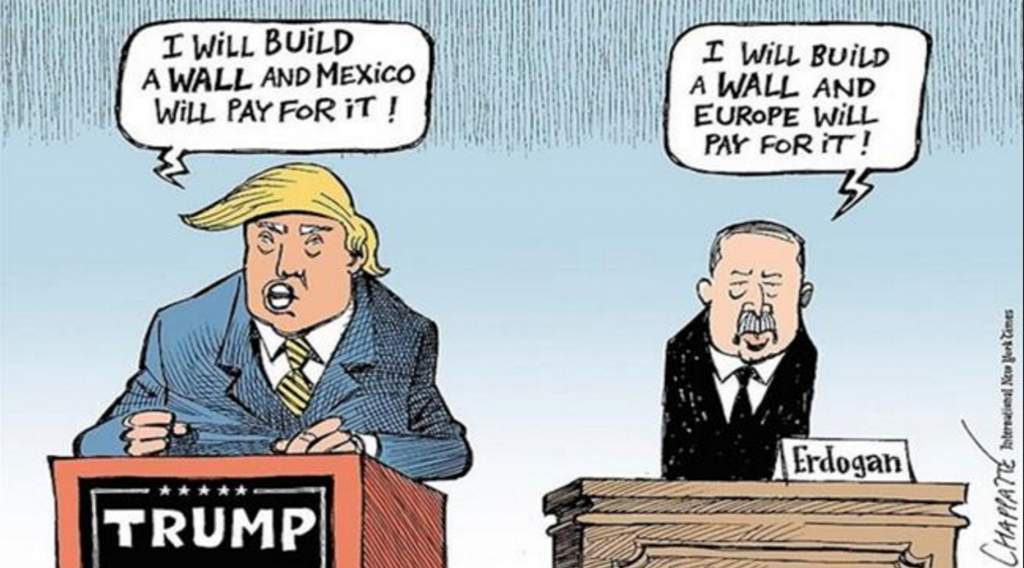 |
| Take down this wall |
For Constantine and the Christian empire of Byzantium that he ruled, these were dark days. For 150 years the Byzantine frontier had been crumbling before the advance of the Ottoman Turks. By the time Constantine assumed the throne in 1449, his impoverished kingdom had shrunk to little more than the footprint of the city, surrounded on all sides by Ottoman land. The new sultan, Mehmed II—young, ambitious and hungry for conquest—was making ominous military preparations in his European capital, Edirne, 140 miles to the west. It was clear he was intent on capturing the prize that had eluded previous Ottoman rulers: Constantinople.
Constantine was extremely interested in Orban’s offer and authorized a small stipend to detain him in the city. But Constantine had few funds available for the construction of new weapons. Bronze cannons were ruinously expensive, well beyond the means of the cash-strapped emperor. Orban’s tiny allowance was not even paid regularly, and as the year wore on, the master craftsman became destitute. So later that same year he decided to try his luck elsewhere. He made his way to Edirne to seek an audience with the young sultan.
At the time, Mehmed was racked by indecision over Constantinople. The city was the ultimate prize; it would provide a fitting capital for the Ottoman Empire, and its capture was the subject of ancient Muslim prophecies, attributed to Muhammad himself, that predicted great honor for its eventual conqueror. However, Constantinople had repulsed repeated Muslim assaults from the 7th century onward. Its triangular site made it all but impregnable: Two sides were surrounded by sea, and the third landward side was commanded by the great Walls of Theodosius, a defensive line four miles long, the greatest bastion in the medieval world. In a thousand years the city had been besieged some 23 times, but no army had found a way to crack open those land walls.
Accordingly, Orban’s arrival at Edirne must have seemed providential. The sultan welcomed the master founder and questioned him closely. Mehmed asked if he could cast a cannon to project a stone ball large enough to smash the walls at Constantinople. Orban’s reply was emphatic: “I can cast a cannon of bronze with the capacity of the stone you want. I have examined the walls of the city in great detail. I can shatter to dust not only these walls with the stones from my gun, but the very walls of Babylon itself.” Mehmed ordered him to make the gun. (more...)

No comments:
Post a Comment